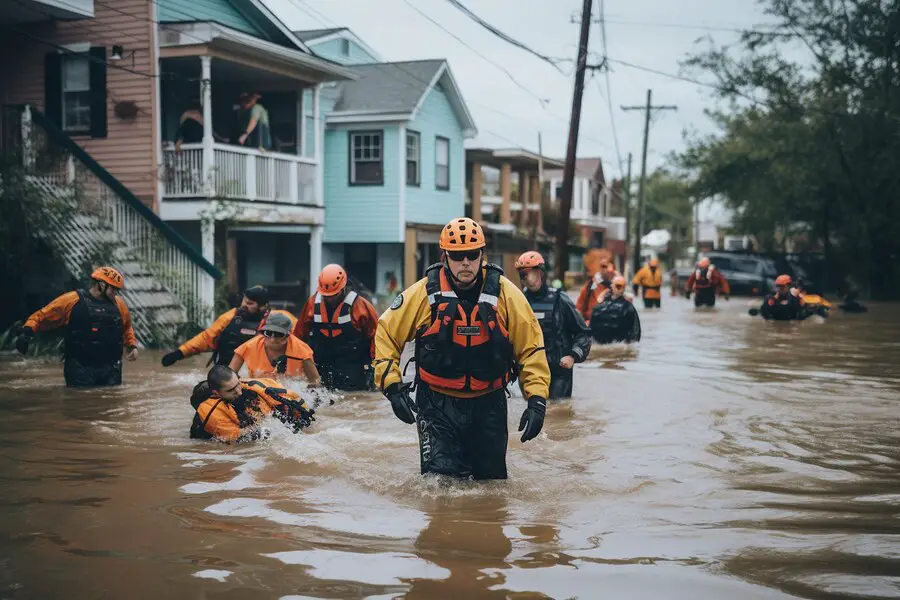Best Crisis and Disaster Management Techniques and Solutions: A Comprehensive Guide

In the face of crises and disasters, effective management techniques and solutions are essential for minimizing damage, preserving lives, and facilitating recovery. From natural calamities like hurricanes and earthquakes to human-made emergencies such as pandemics and industrial accidents, the following article explores some of the best practices and solutions in crisis and disaster management.

Best Crisis and Disaster Management Techniques and Solutions: A Comprehensive Guide


Understanding Crisis and Disaster Management
Crisis and disaster management encompass a range of strategies and approaches aimed at preparing for, responding to, and recovering from emergencies. While the nature and scope of crises may vary, the principles of effective management remain consistent across different contexts. By adopting a proactive and integrated approach, communities can enhance their resilience and ability to withstand and recover from adverse events.
Key Techniques and Solutions
- Risk Assessment and Preparedness: Conducting comprehensive risk assessments and developing preparedness plans are fundamental to effective crisis and disaster management. By identifying potential hazards, vulnerabilities, and critical assets, organizations can prioritize resources and implement mitigation measures. Preparedness solutions may include:
- Developing emergency response plans tailored to specific hazards and scenarios.
- Conducting training and drills to test response capabilities and enhance readiness.
- Establishing early warning systems to provide timely alerts and notifications.
- Response and Emergency Management: Swift and coordinated response is essential to minimizing the impact of crises and disasters. Effective response techniques and solutions include:
- Establishing incident command systems to coordinate response efforts and facilitate decision-making.
- Mobilizing resources, including personnel, equipment, and supplies, to support response operations.
- Implementing communication systems to ensure timely and accurate information sharing among stakeholders.
- Recovery and Reconstruction: Following the immediate response phase, communities must focus on recovery and reconstruction efforts to rebuild and restore affected areas. Recovery solutions may include:
- Providing humanitarian aid and assistance to affected individuals and communities.
- Restoring essential services, such as power, water, and transportation, to support recovery efforts.
- Implementing long-term recovery plans that address infrastructure rehabilitation, economic revitalization, and social support services.
- Risk Reduction and Resilience Building: Building resilience and reducing risk are essential components of effective crisis and disaster management. Solutions in this area may include:
- Implementing land-use planning and zoning regulations to minimize exposure to hazards.
- Investing in infrastructure upgrades and retrofitting to enhance resilience against natural and human-made threats.
- Promoting community engagement and capacity-building initiatives to strengthen social cohesion and adaptive capacity.

Table: Summary of Best Crisis and Disaster Management Techniques and Solutions
| Technique/Solution | Description |
|---|---|
| Risk Assessment and Preparedness | Conducting comprehensive risk assessments and developing preparedness plans tailored to specific hazards and scenarios. |
| Response and Emergency Management | Establishing incident command systems, mobilizing resources, and implementing communication systems to support swift and coordinated response efforts. |
| Recovery and Reconstruction | Providing humanitarian aid, restoring essential services, and implementing long-term recovery plans to rebuild and restore affected areas. |
| Risk Reduction and Resilience Building | Implementing land-use planning, infrastructure upgrades, and community engagement initiatives to minimize risk and enhance resilience against future crises and disasters. |
Conclusion
Effective crisis and disaster management requires a multifaceted approach that addresses preparedness, response, recovery, and resilience-building efforts. By adopting best practices and solutions tailored to specific hazards and contexts, communities can enhance their ability to withstand and recover from emergencies. As we continue to confront the challenges of an uncertain world, let us strive to implement the most effective techniques and solutions to protect lives and safeguard our future.







